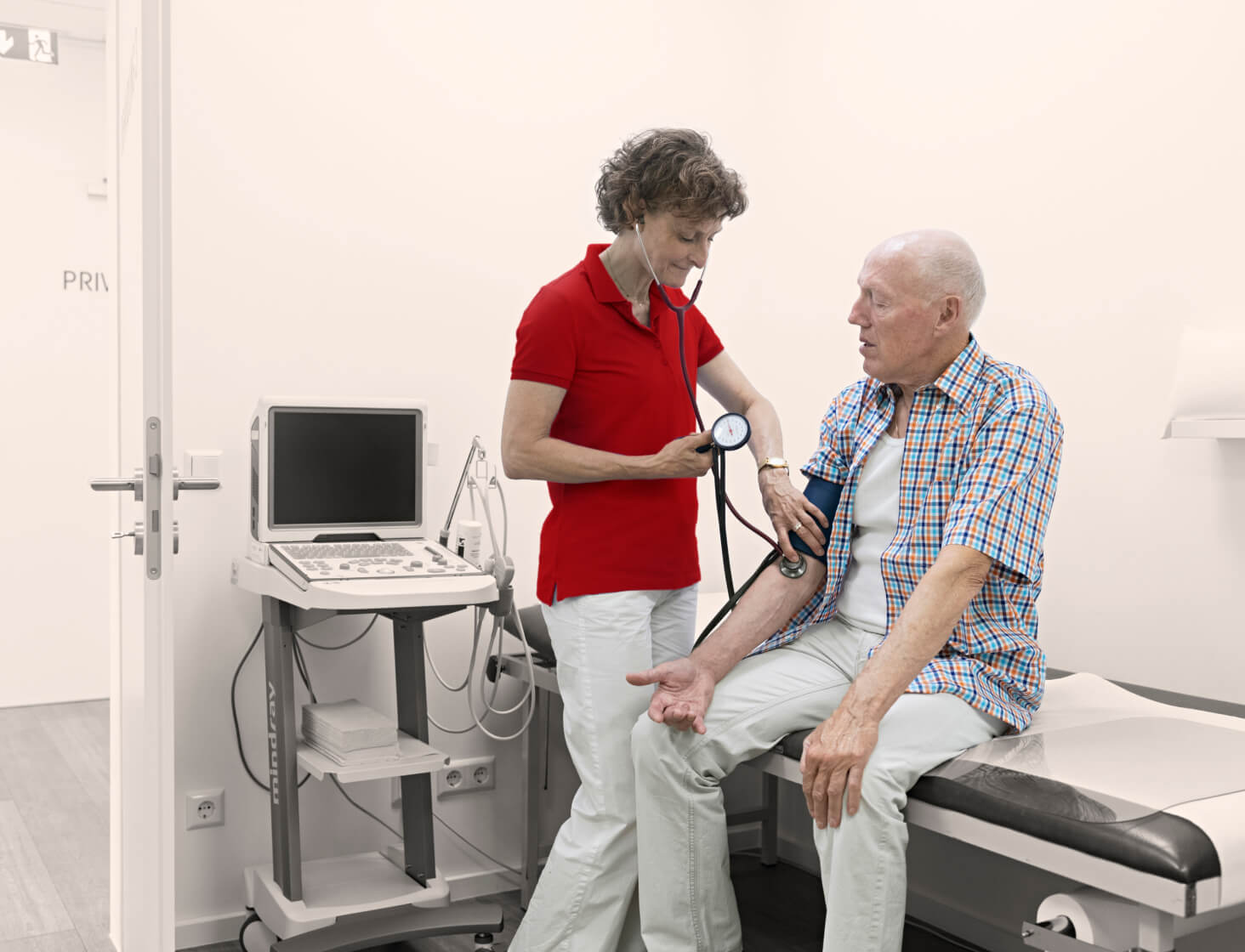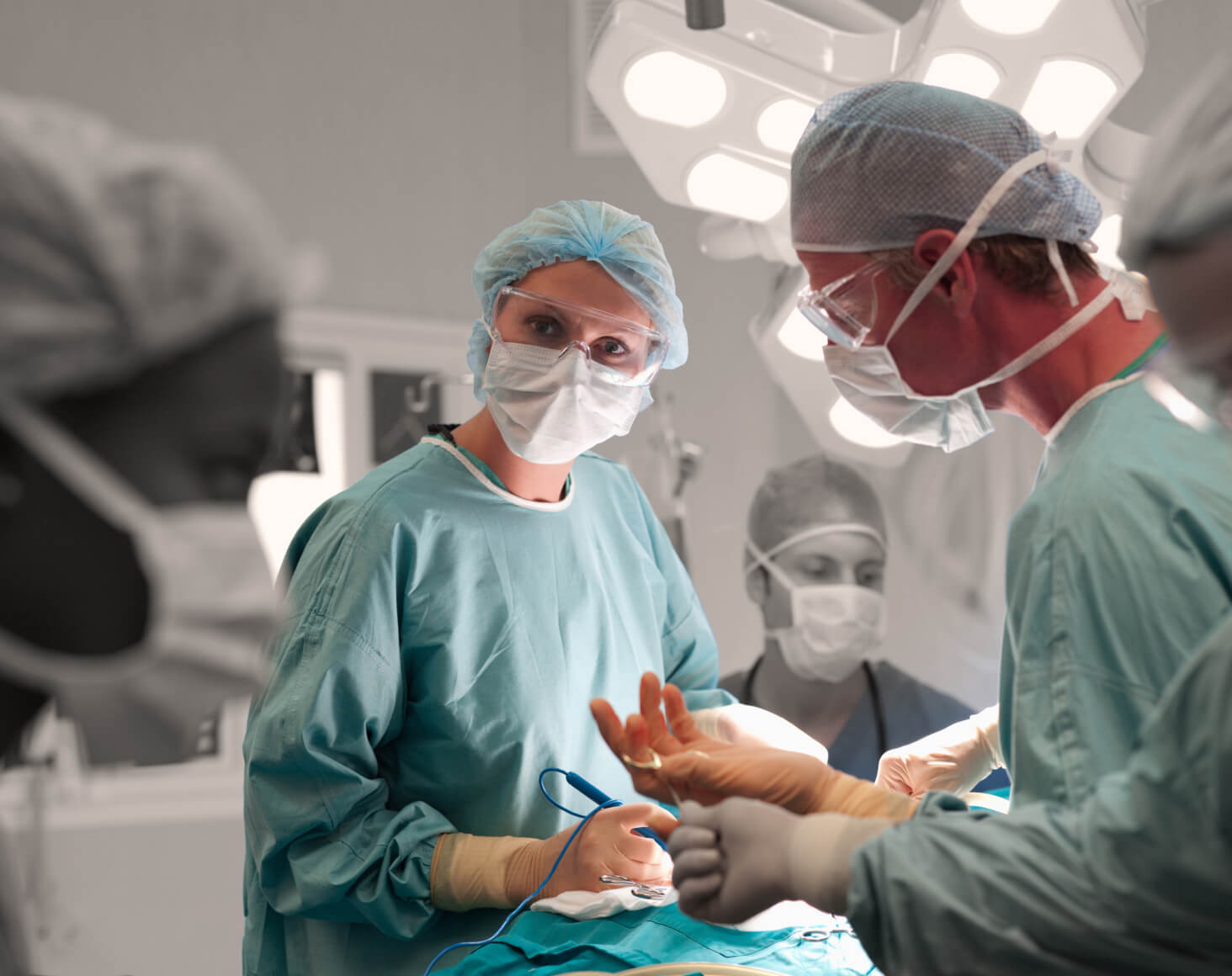
Living with heart valve disease?

What is valvular heart disease (VHD)?
Valvular heart disease (VHD) occurs when one or more valves in your heart is damaged or diseased and does not work properly.

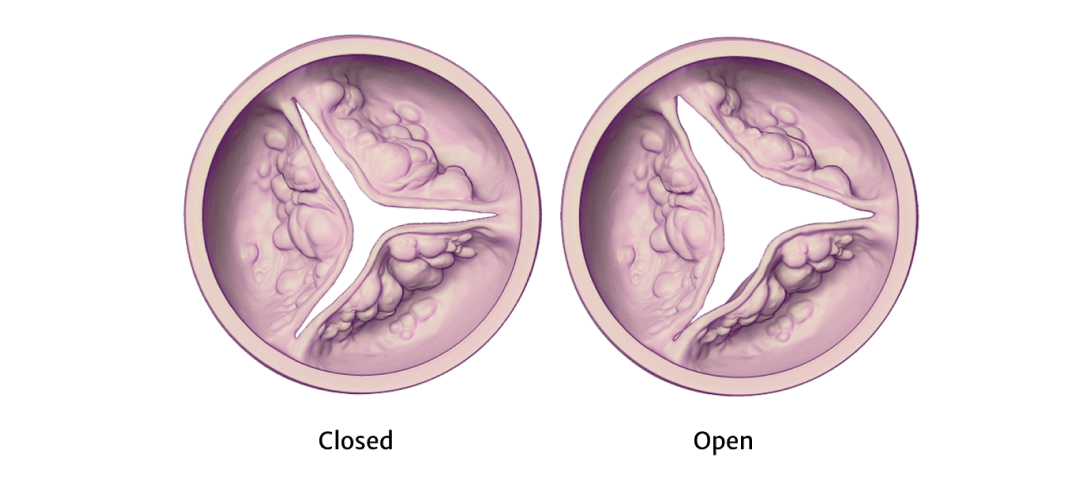
Diseased aortic valve
Today, there are several treatment options for VHD, including medications, heart valve repair, or heart valve replacement. Medications cannot correct the valve damage or cure heart valve disease; they can only help alleviate the symptoms you feel from VHD. You and your doctor may need to discuss the repair or replacement of your damaged heart valve.
Be sure to talk with your doctor to get the answers you need to make well-informed decisions.
Discussing surgical valve replacement with your doctor
Types of heart surgery
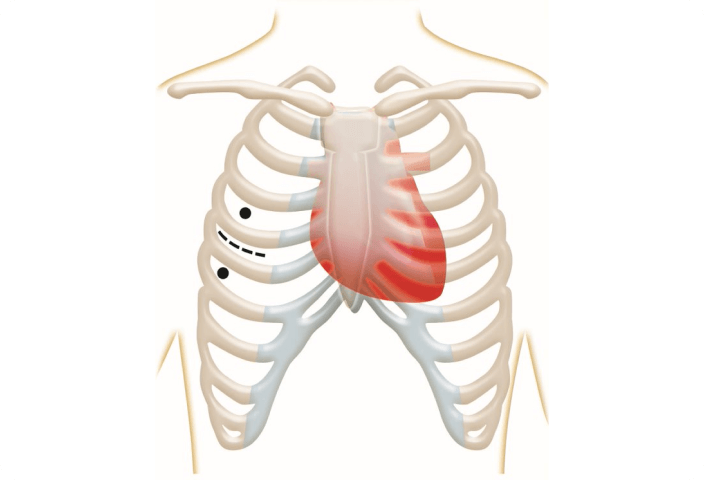
Port
Type of minimally invasive surgery.

Thoracotomy
Minimally invasive surgery where the incision is made between the ribs.
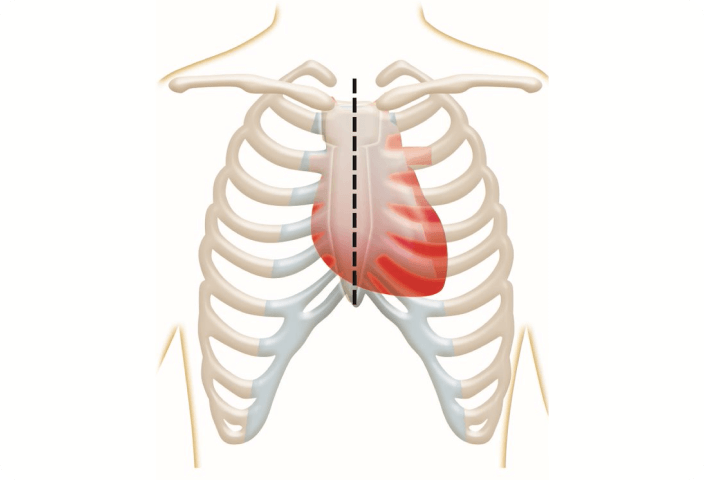
Sternotomy
Open heart surgery accesses the heart through an incision in the sternum.
Minimally invasive surgery is often associated with less scarring, reduced pain and faster healing. Minimally invasive surgery still requires a surgical opening and exposes the heart. You will need to be put on cardiopulmonary bypass, where a machine temporarily takes over the function of your heart and lungs, for either type of surgery. Some surgeons can do both techniques, but some might specialize in one or the other. You and your doctor should discuss the best approach for you.
Even though the idea of heart valve surgery can seem scary, nearly a half million cardiac surgeries were performed in the US in 2018. Your doctor will help you make a treatment decision based on your lifestyle and recommended guidelines. These recommended guidelines are based on years of heart valve research.
How to prepare for heart valve surgery
It's normal to feel afraid or worried before any surgical procedure. Yet postponing surgery may put your health in danger. Fortunately, there are steps you can take to lessen your fears, remain confident, and prepare yourself or a loved one for surgery.
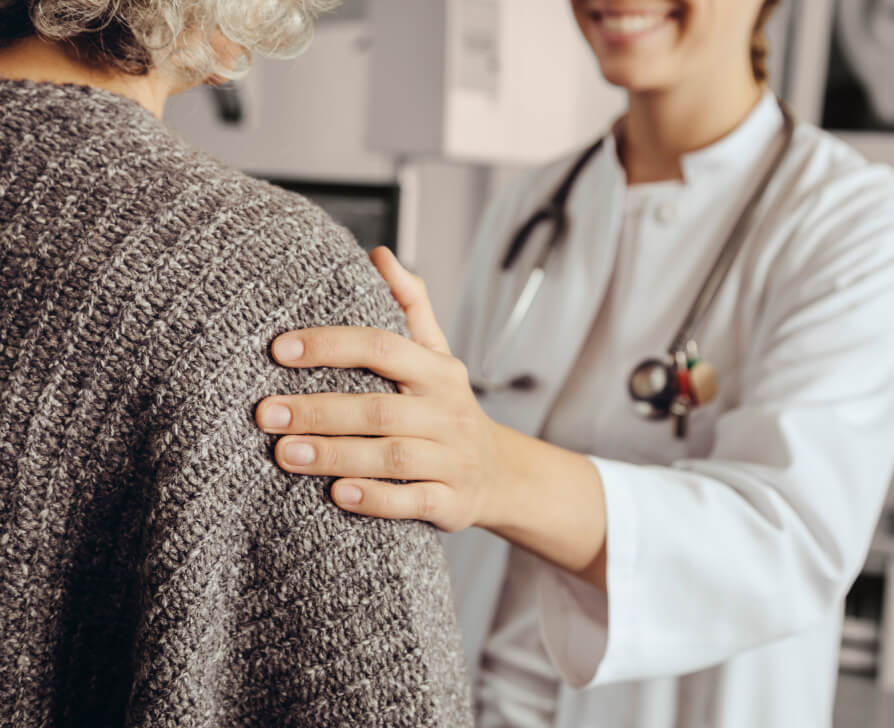
Trust and talk to your medical care team
It is important to take all the information your healthcare team provides and decide what is best for you. Your primary care physician and cardiologist are your frontline team. They will refer you to a heart team with a cardiac surgeon, who can discuss with you your best course of action. If surgery is recommended, the cardiac surgeon and a highly specialized team of nurses and anesthesiologists will handle your care. Please ask your team all the questions you have on your mind. If you feel like you are not getting the answers you need, please seek additional opinions. Be honest about your feelings and discuss them with your team.

Empower yourself with knowledge
- It can be stressful when you don't know what's going to happen, so be sure to ask questions and get the answers you need. Your doctor should provide detailed information about what to expect before, during, and after surgery.
- An understanding of how anesthesia works may also help address some of your concerns about surgery.
- It may be helpful to involve a caregiver, family member, or friend to support you through the learning, discussion, and decision-making process.

Deal with practical concerns
- Build your personal support group, including someone to help you. Understand what that person will need to do, and who will cover your work, caregiving, or other duties. Know what will be expected of you, understand your expected recovery time, and what you can do to fill your days during recovery.
- Make sure that you get things ready, including personal items in your hospital bag. Prepare your home with the essentials you will need for a comfortable recovery.
What to expect before, during, and after heart valve surgery
Returning to health is a process involving head and heart
As your healing progresses, you should gradually feel an improvement in your quality of life. Having the courage to deal with your heart valve disease could allow you to do the things that are important to you and spend more time with the people you care about.
Prepare to talk to your doctor with the informed discussion guide
Surgical aortic valve replacement:
Choosing the right valve for you
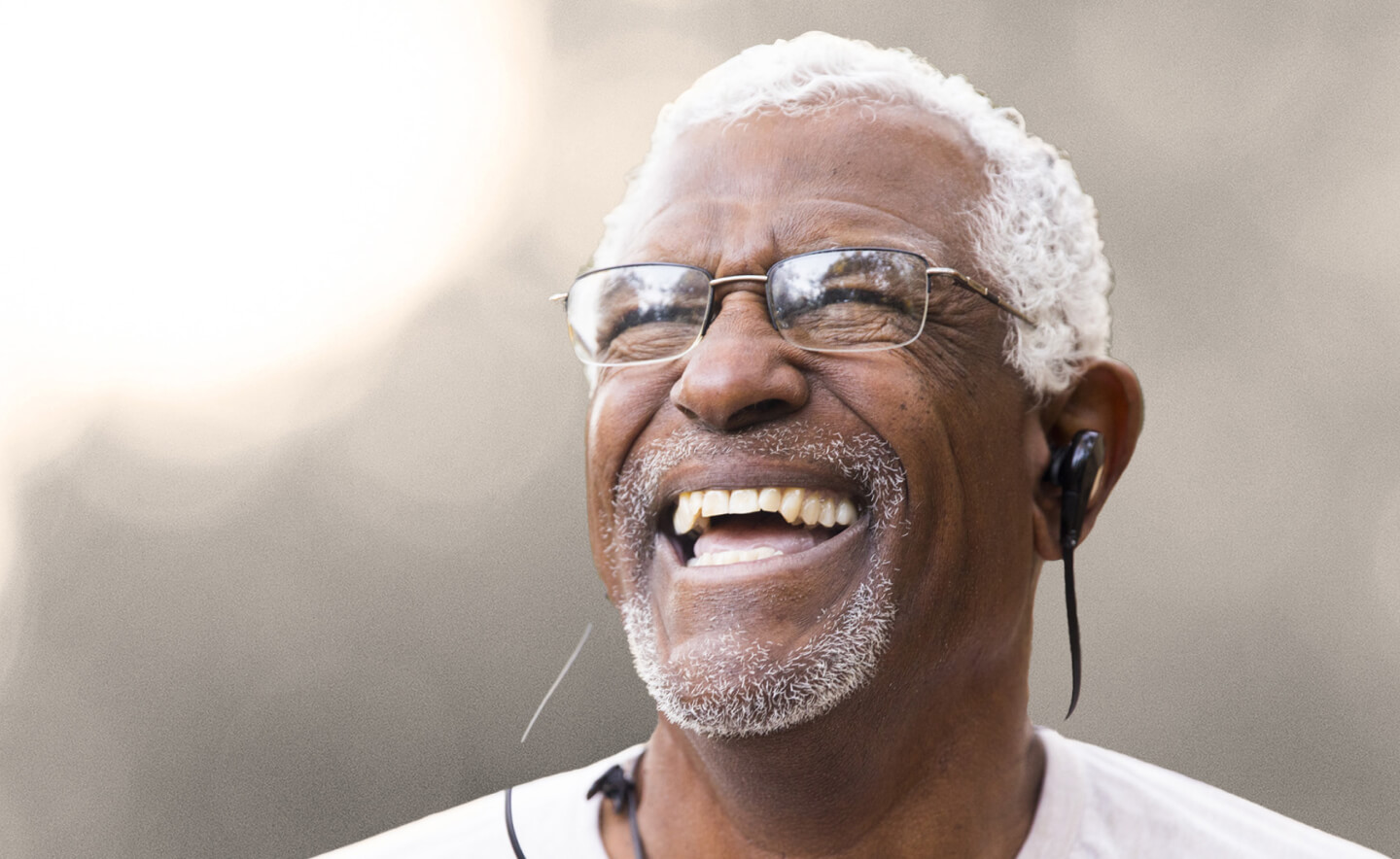

We're here for you
We are committed to providing the highest levels of customer service to help our patients improve their quality of life. For any questions, please contact the Edwards Patient Support Center.
Give us a call
Send us an email
Important Risk Information
INSPIRIS RESILIA aortic valve
Indications: For use in replacement of native or prosthetic aortic heart valves.
Contraindications (Who should not receive): There are no known contraindications with the use of the INSPIRIS RESILIA aortic valve.
Complications and Side Effects: The risks with the INSPIRIS RESILIA aortic valve are similar to risks with other heart valves, and include the following:
- Heart failure
- Leaking from the valve or areas around the valve
- Improper opening and closing of the valve
- Damage to red blood cells that can result in low red blood cell count
- Heart lining inflammation
- Heart infection
- Abnormal bleeding or bleeding problems from using blood thinners
- Clots from around the valve or other areas of the heart entering the bloodstream and blocking blood flow
- Heart attack
- Heart rhythm problems that may lead to the need for implanting a permanent pacemaker, a device that helps your heart beat in regular rhythm
- Allergic reaction to the materials in the valve
These could lead to the need for reoperation to replace the valve, permanent disability, or death.
This is not a complete list of all the risks that can occur with heart valve surgery. Your doctor can give you more information about these and other risks. This information is not a substitute for talking with your doctor.
MITRIS RESILIA mitral valve
Indications: For use in replacement of native or prosthetic mitral heart valves.
Contraindications (Who should not receive): There are no known contraindications with the use of the MITRIS RESILIA mitral valve.
Complications and Side Effects: The risks with the MITRIS RESILIA mitral valve are similar to risks with other heart valves, and include the following:
- Heart failure
- Leaking from the valve or areas around the valve
- Improper opening and closing of the valve
- Damage to red blood cells that can result in low red blood cell count
- Heart lining inflammation
- Heart infection
- Abnormal bleeding or bleeding problems from using blood thinners
- Clots from around the valve or other areas of the heart entering the bloodstream and blocking blood flow
- Heart attack
- Heart rhythm problems that may lead to the need for implanting a permanent pacemaker, a device that helps your heart beat in regular rhythm
- Injury could occur to the heart tissue or blood flow could be blocked
- Allergic reaction to the materials in the valve
These could lead to the need for reoperation to replace the valve, permanent disability, or death.
This is not a complete list of all the risks that can occur with heart valve surgery. Your doctor can give you more information about these and other risks. This information is not a substitute for talking with your doctor.
KONECT RESILIA aortic valved conduit
Indications: For use in replacement of native or prosthetic aortic heart valves and the associated repair and replacement of a damaged or diseased ascending aorta.
Contraindications (Who should not receive): There are no known contraindications with the use of the KONECT RESILIA aortic valve conduit.
Complications and Side Effects: The risks with the KONECT RESILIA aortic valve conduit are similar to risks with other heart valves, and include the following:
- Heart failure
- Leaking from the valve or areas around the valve
- Improper opening and closing of the valve
- Damage to red blood cells that can result in low red blood cell count
- Heart lining inflammation
- Heart infection
- Abnormal bleeding or bleeding problems from using blood thinners
- Clots from around the valve or other areas of the heart entering the bloodstream and blocking blood flow
- Heart attack
- Heart rhythm problems that may lead to the need for implanting a permanent pacemaker, a device that helps your heart beat in regular rhythm
- Allergic reaction to the materials in the valve or graft
- Graft infection
- Ballooning and weakening of an area in an artery
- Blood collecting between the layers of an artery
- Fluid buildup under the surface of the skin
- Fluid buildup around the graft
- Blockage of a blood vessel
- New tissue growth on the graft
- Enlargement of the graft
These could lead to the need for reoperation to replace the valve, permanent disability, or death.
This is not a complete list of all the risks that can occur with heart valve surgery. Your doctor can give you more information about these and other risks. This information is not a substitute for talking with your doctor.
CAUTION: Federal (United States) law restricts these devices to sale by or on the order of a physician.

